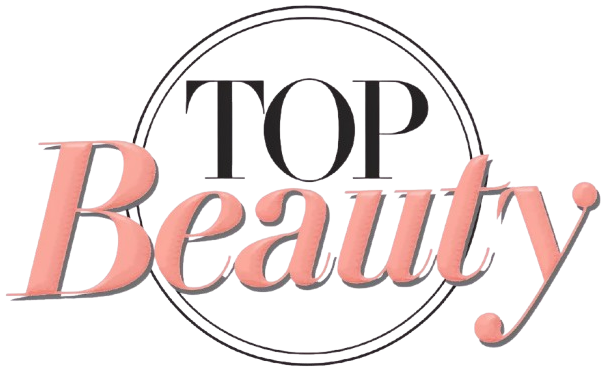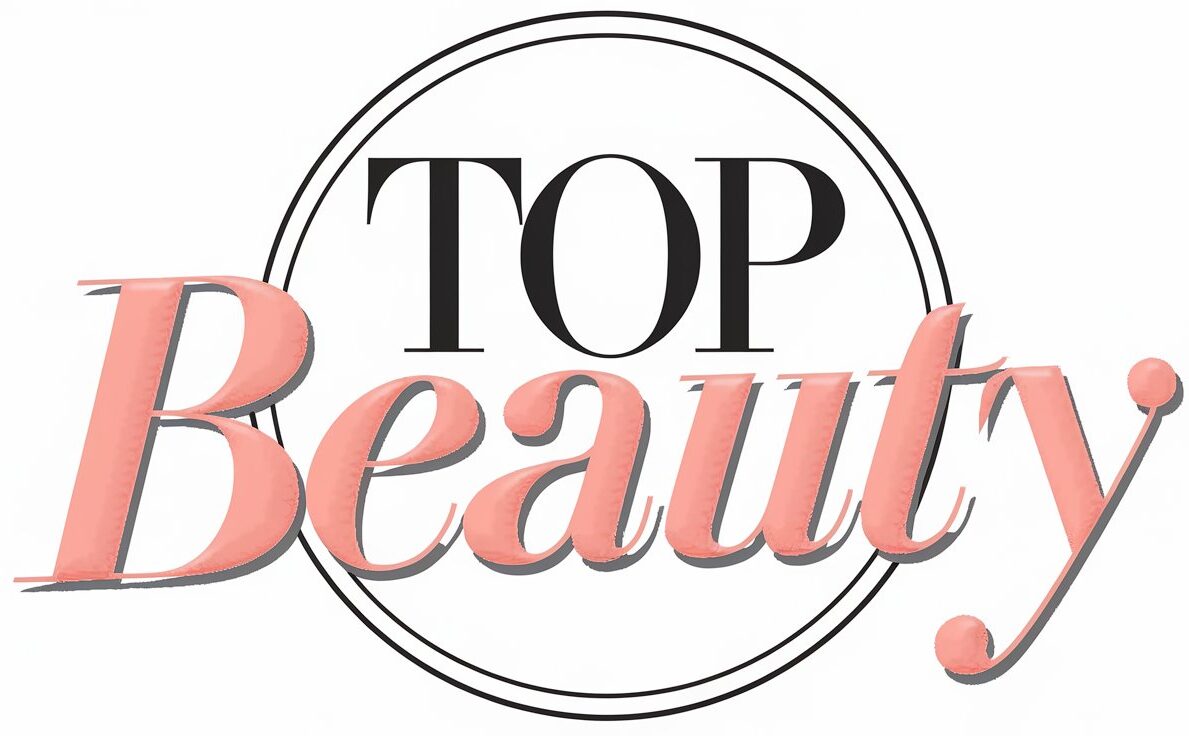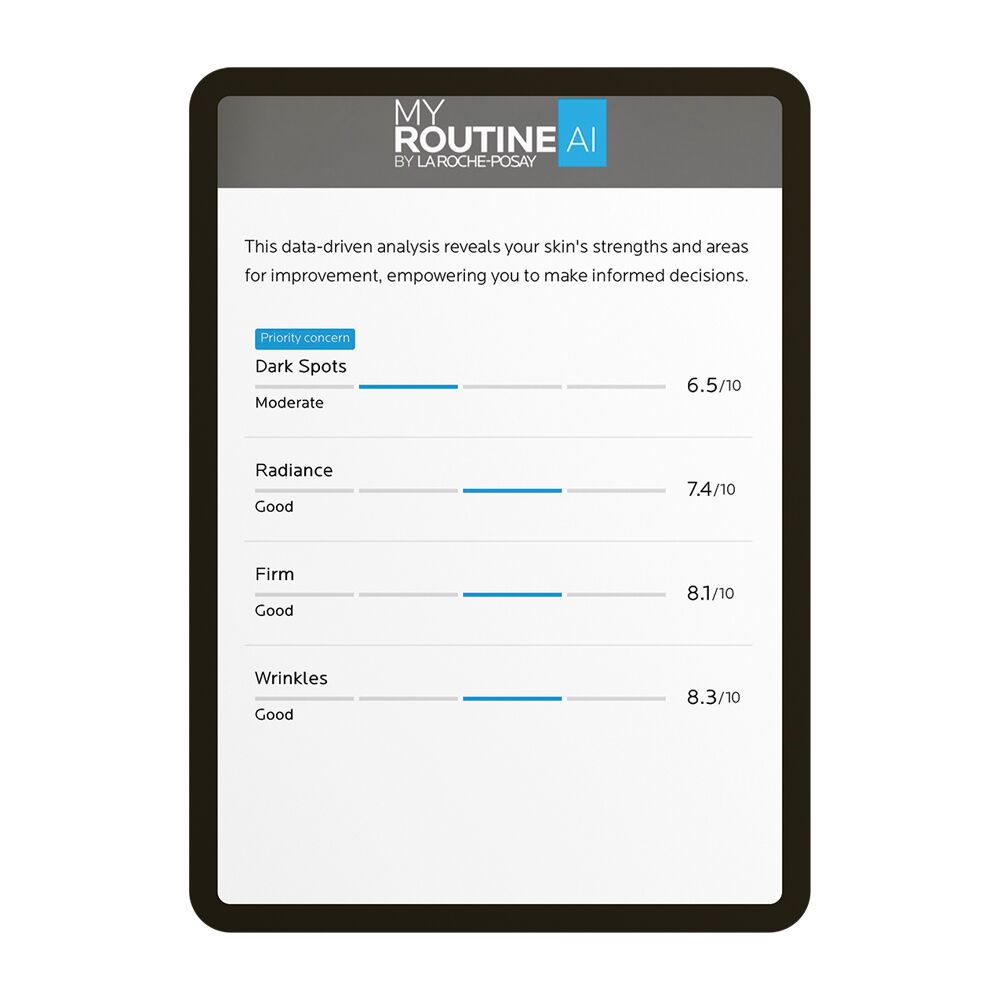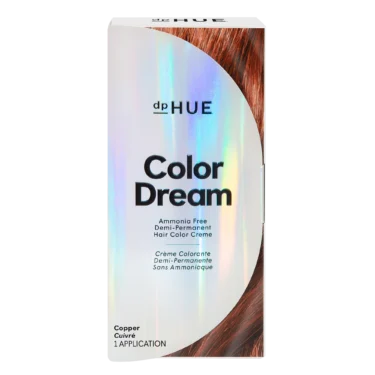I’m standing in entrance of my rest room mirror, snapping a selfie—not for Instagram, however for synthetic intelligence (AI). I’ve determined at hand my skin-care journey over to 4 main AI-powered instruments to see what they might inform me about my face, my considerations, and (hopefully), give me some perception on one of the best merchandise to make use of. From apps that promise personalised regimens based mostly on one picture, to quizzes backed by dermatologists, these platforms are shortly changing into the skin-care world’s newest obsession.
However right here’s what’s been bugging me: As a Black magnificence author with melanin-rich pores and skin, I usually surprise if these algorithms actually get me. My pores and skin considerations, which embrace post-inflammatory hyperpigmentation (PIH), uneven texture and keloid-prone scarring, aren’t simply aesthetic. They’re tied to id, tradition and biology. So I gave the favored AI skin-care platforms a strive, after which checked in with two trusted dermatologists to separate the helpful from the…not a lot. Right here’s what I discovered.
Every AI software started the identical manner—asking me to take a selfie in pure lighting—however delivered completely different outcomes. La Roche-Posay’s MyRoutine AI stood out by recognizing darkish spots as my major concern and providing a full routine tailor-made to pigmentation, making me really feel considerably seen. Vichy’s SkinConsult AI additionally flagged pigmentation and mapped out my face intimately, although the product options felt extra generic than personalised. L’Oréal’s SkinGenius centered on radiance, highlighting hydration and texture, however left out pigmentation and PIH solely. Elemis’s Digital Pores and skin Evaluation took a extra lifestyle-driven strategy, providing user-friendly suggestions based mostly on broad considerations, however it lacked scientific depth and fully ignored melanin-specific points. Throughout the board, whereas these instruments recognized surface-level considerations like radiance or lack of firmness, most failed to handle the deeper wants of melanin-rich pores and skin, particularly hyperpigmentation and scarring.
To make sense of those blended outcomes, I turned to Birmingham, AL dermatologist Corey L. Hartman, MD and New York dermatologist Michelle Henry, MD. Each medical doctors perceive the ability—and the restrictions—of AI in dermatology.
La Roche-Posay MyRoutine AI 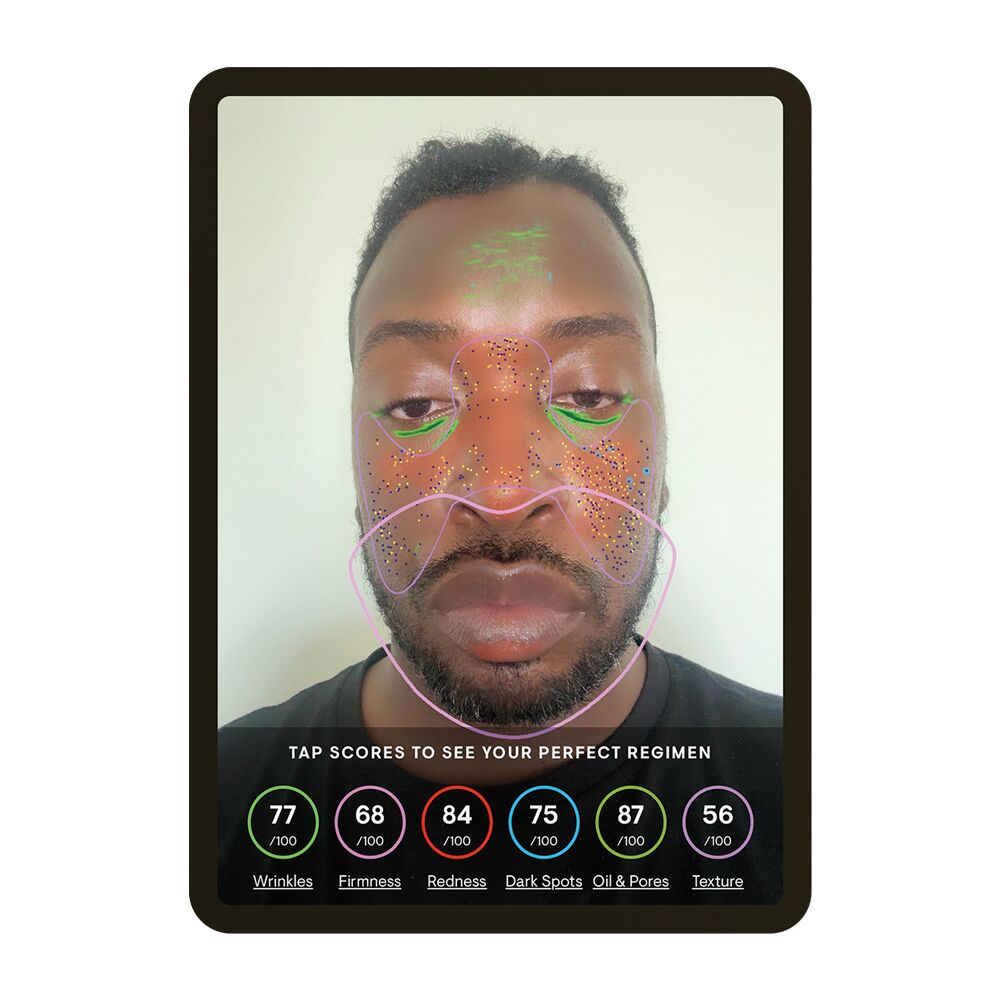 Elemis Digital Pores and skin Evaluation
Elemis Digital Pores and skin Evaluation 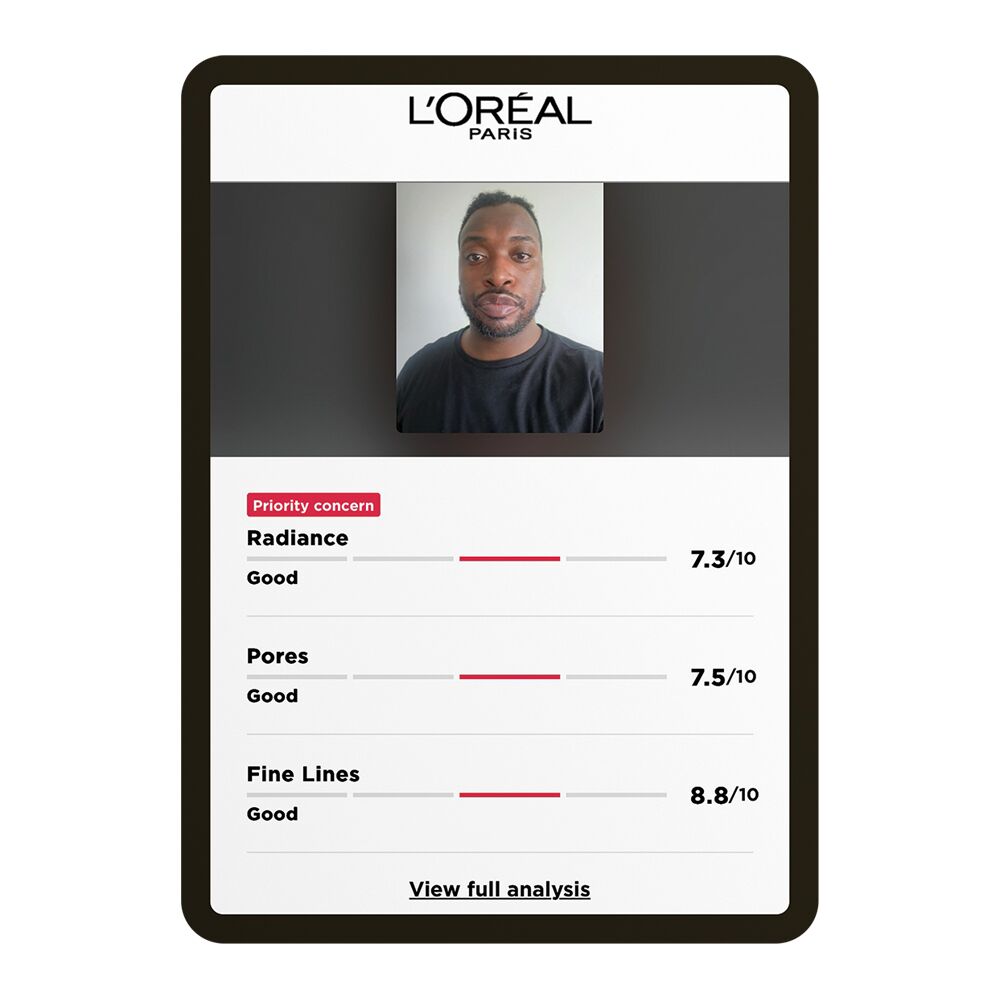 L’Oréal SkinGenius
L’Oréal SkinGenius
“AI tools like these can be surprisingly insightful when they’re trained well, says Dr. Henry. “But they still lack nuance. Think of them as triage, not diagnosis.” That explains why so many instruments flagged dryness or sensitivity, however didn’t even register my pigmentation considerations. “Most datasets are still skewed toward lighter skin tones,” Dr. Henry provides. “That means conditions like PIH or keloids often go under-recognized.
Dr. Hartman agrees. “There’s potential for AI to analyze skin changes quickly and assist in diagnosis, but it’s not there yet for melanin-rich skin,” he says. “These instruments can’t substitute a visible and bodily examination by a board-certified dermatologist.
Each specialists are additionally cautious about quiz-based personalization. Dr. Hartman considers this strategy a good start line, however means that quizzes usually fall brief in the case of follow-up questions and depth. Dr. Henry provides that AI instruments will be useful for rookies, however they’re not practically complete sufficient for these with extra particular considerations or advanced pores and skin situations.
When assessing the 4 instruments I attempted, a couple of issues grew to become clear. AI is nice at catching broad considerations, like dry patches, enlarged pores and tremendous traces. These platforms may also assist newcomers construct a routine after they’re feeling overwhelmed on the drugstore. However, right here’s what they missed: the lived-in texture of my pores and skin, my scarring from cystic breakouts, and my pigmentation that seems in clusters—not patches. Not one of the instruments requested if I’d ever had a keloid, if I exploit sure skin-care components seasonally as a consequence of climate, or if I partake in cultural grooming practices.
So how can AI really help higher skincare? Each specialists say it begins with inclusive information. Dr. Hartman emphasizes that AI should be educated on pores and skin sorts and tones—together with textured and acne-prone pores and skin—as a way to be really efficient. Dr. Henry provides that transparency is simply as essential, noting that customers need to know who’s behind the expertise and the way it’s being developed.
In addition they imagine that dermatologists of coloration and culturally competent builders should be on the desk, shaping the instruments from the bottom up. That’s the one approach to transfer past generalized recommendation and towards actual personalization.
Would I exploit AI to verify in on my skin-care considerations? Positive, as a place to begin. These instruments are enjoyable, quick and helpful for monitoring surface-level modifications or jump-starting a routine. However, they’re no substitute for actual dermatological care, particularly you probably have melanin-rich pores and skin, particular skin-care practices or long-standing considerations.
AI guarantees personalization, however proper now, its capabilities are restricted. In case your outcomes don’t mirror you, belief your instincts. You’re not invisible— your pores and skin is legitimate. The tech simply must catch up. Till then, I’ll preserve snapping selfies and making use of my serums with care, whereas turning to the specialists who see all of me, not only a pixelated model.
